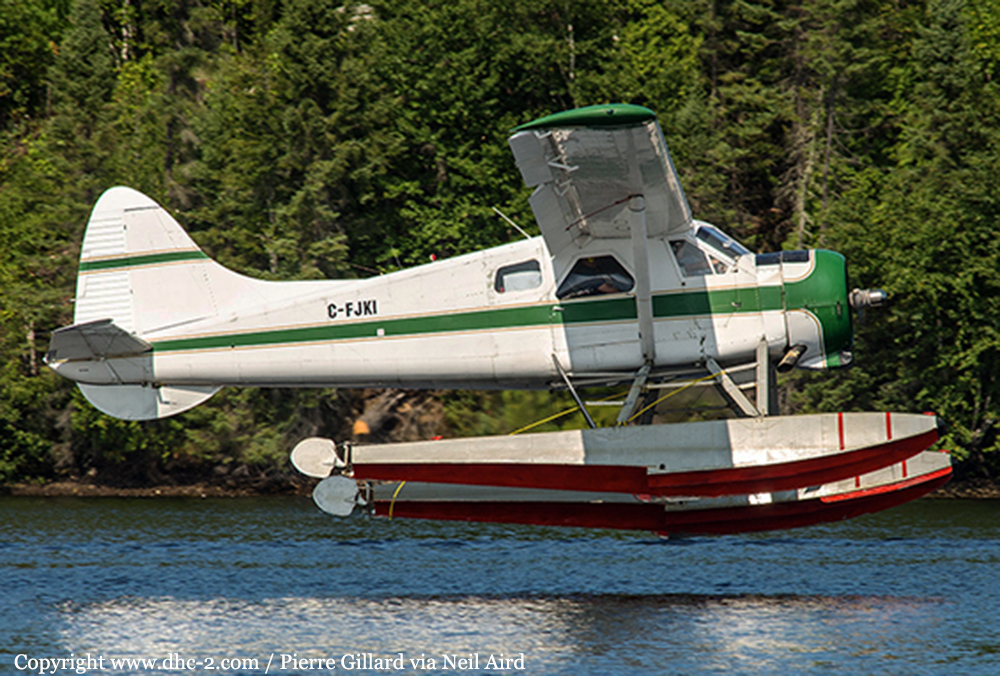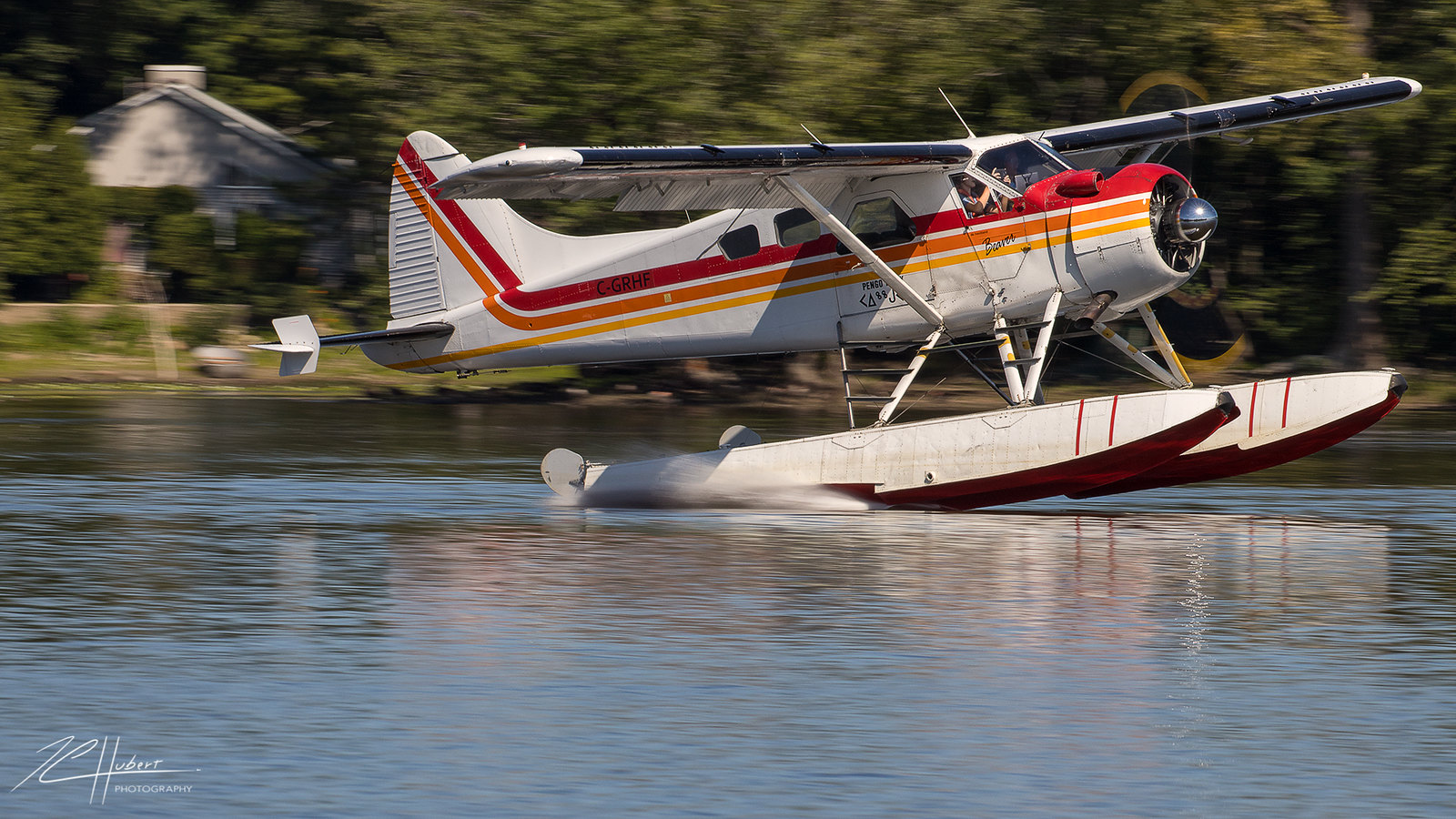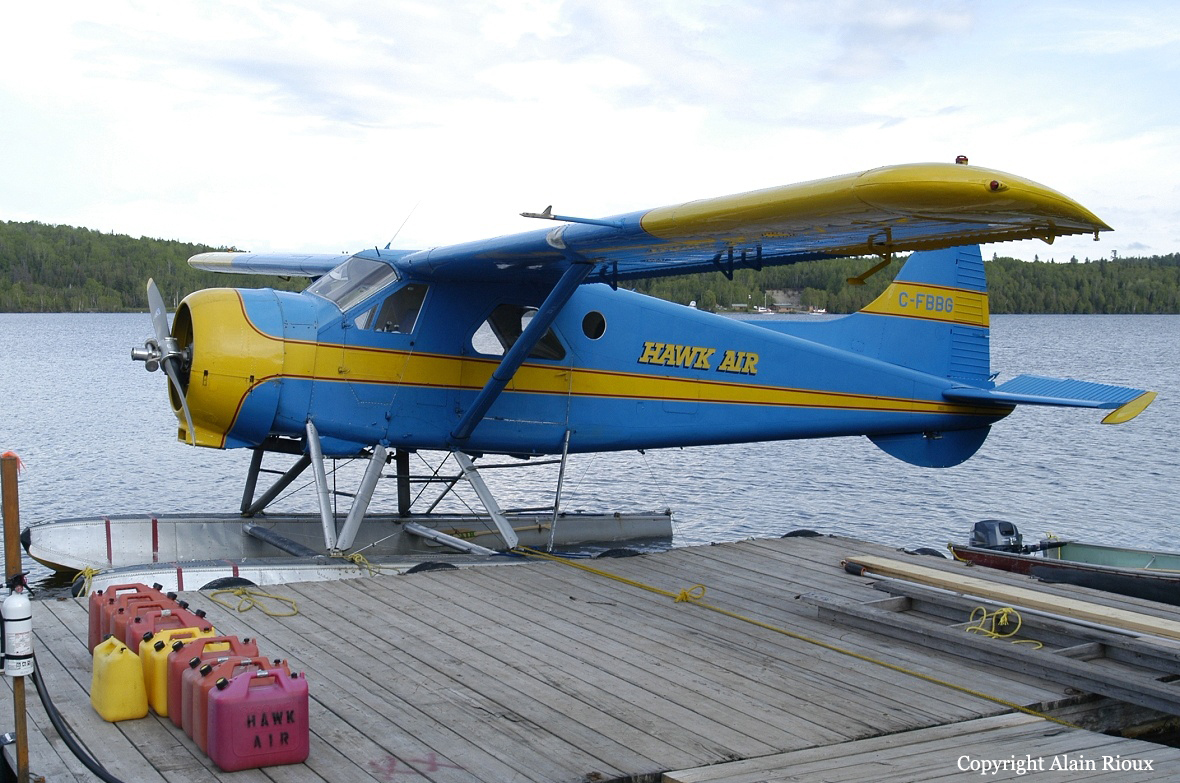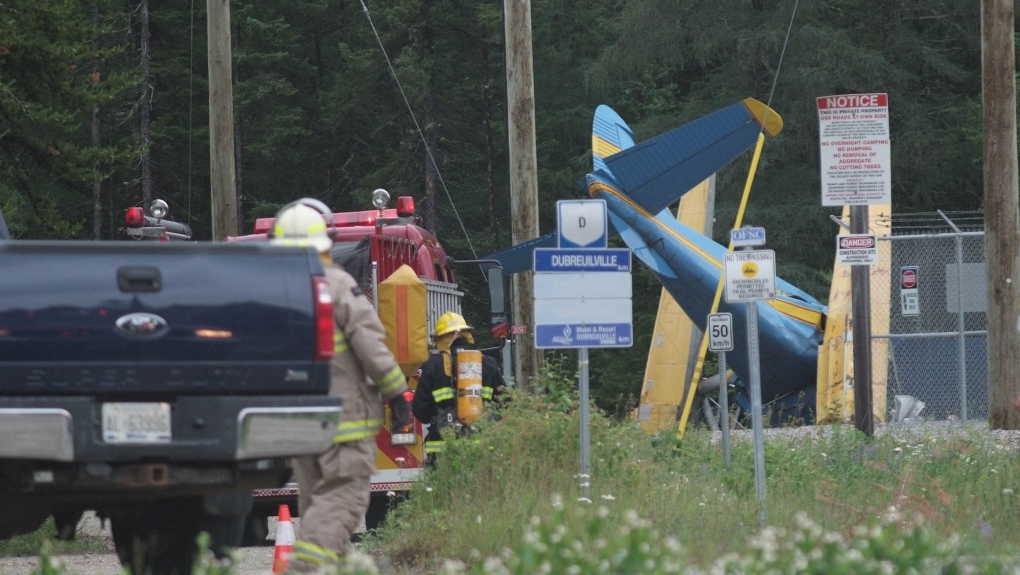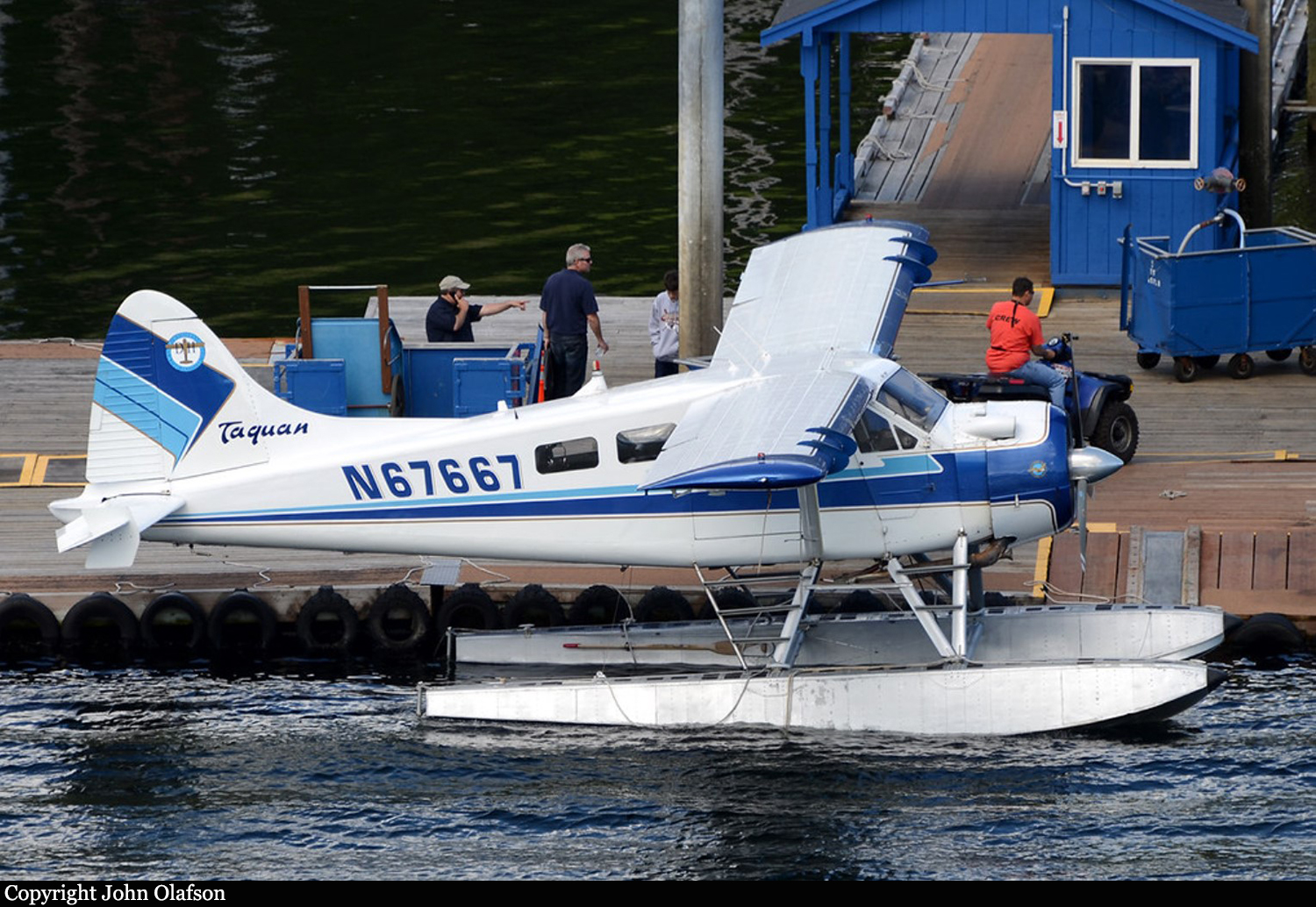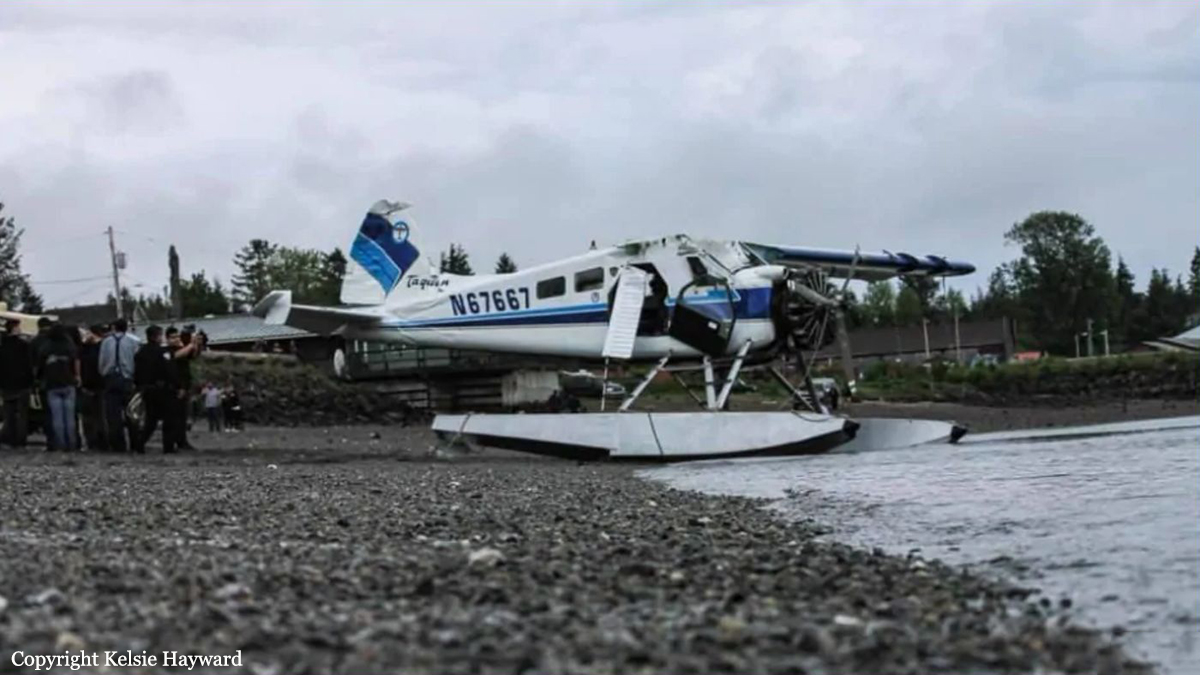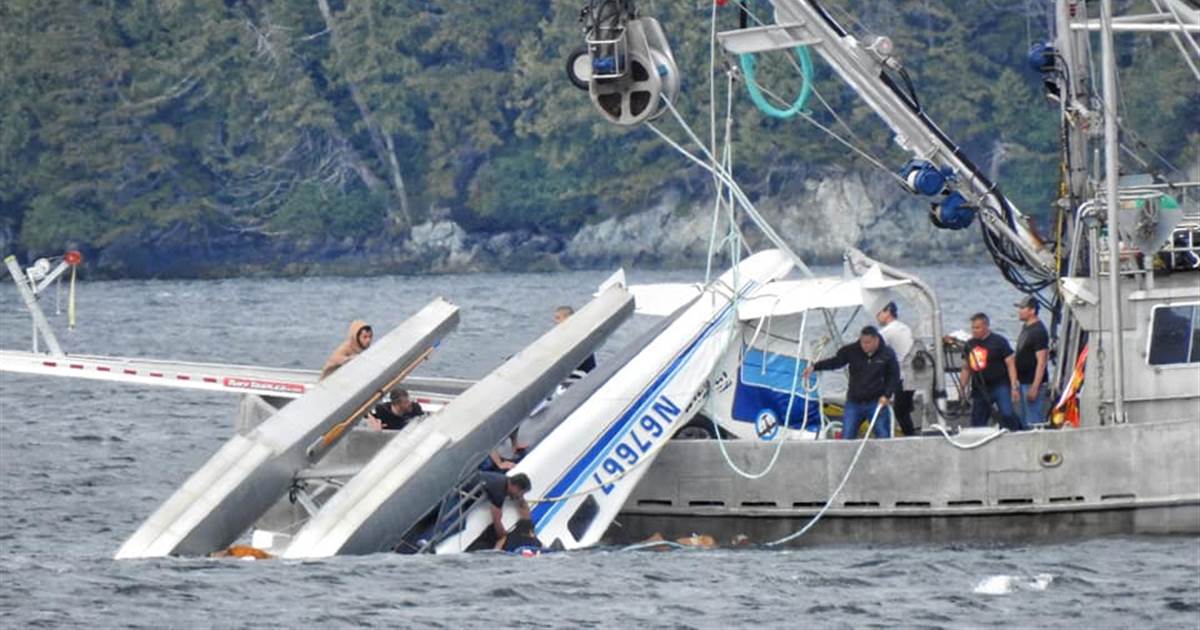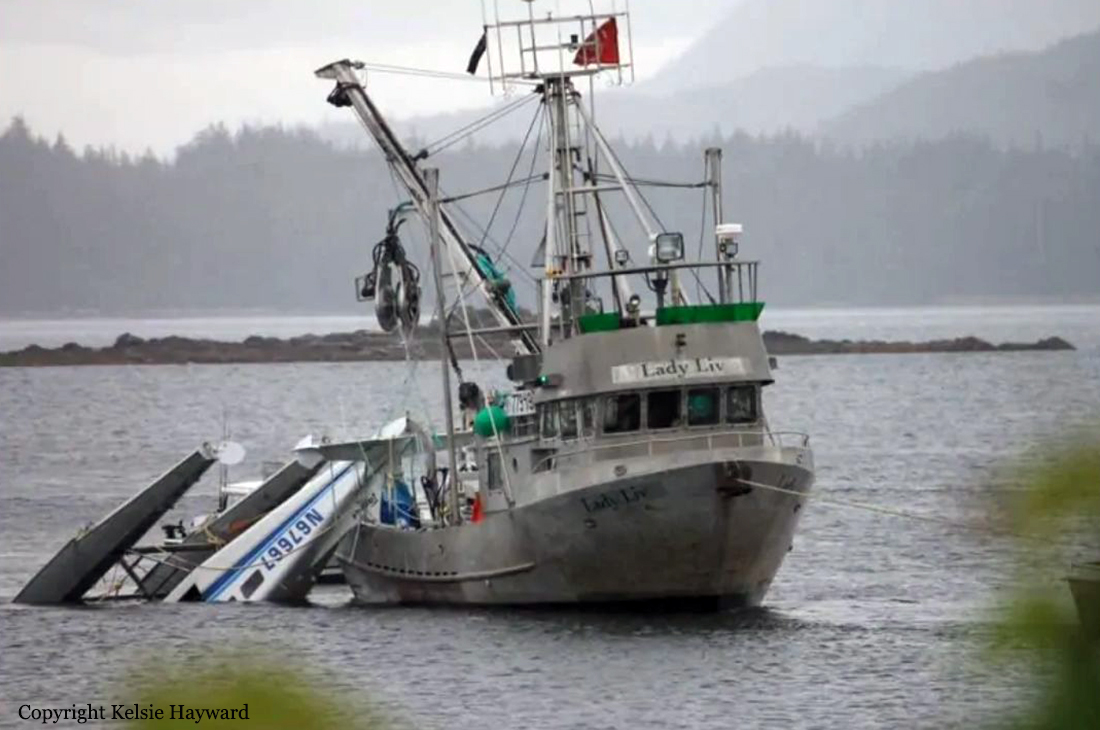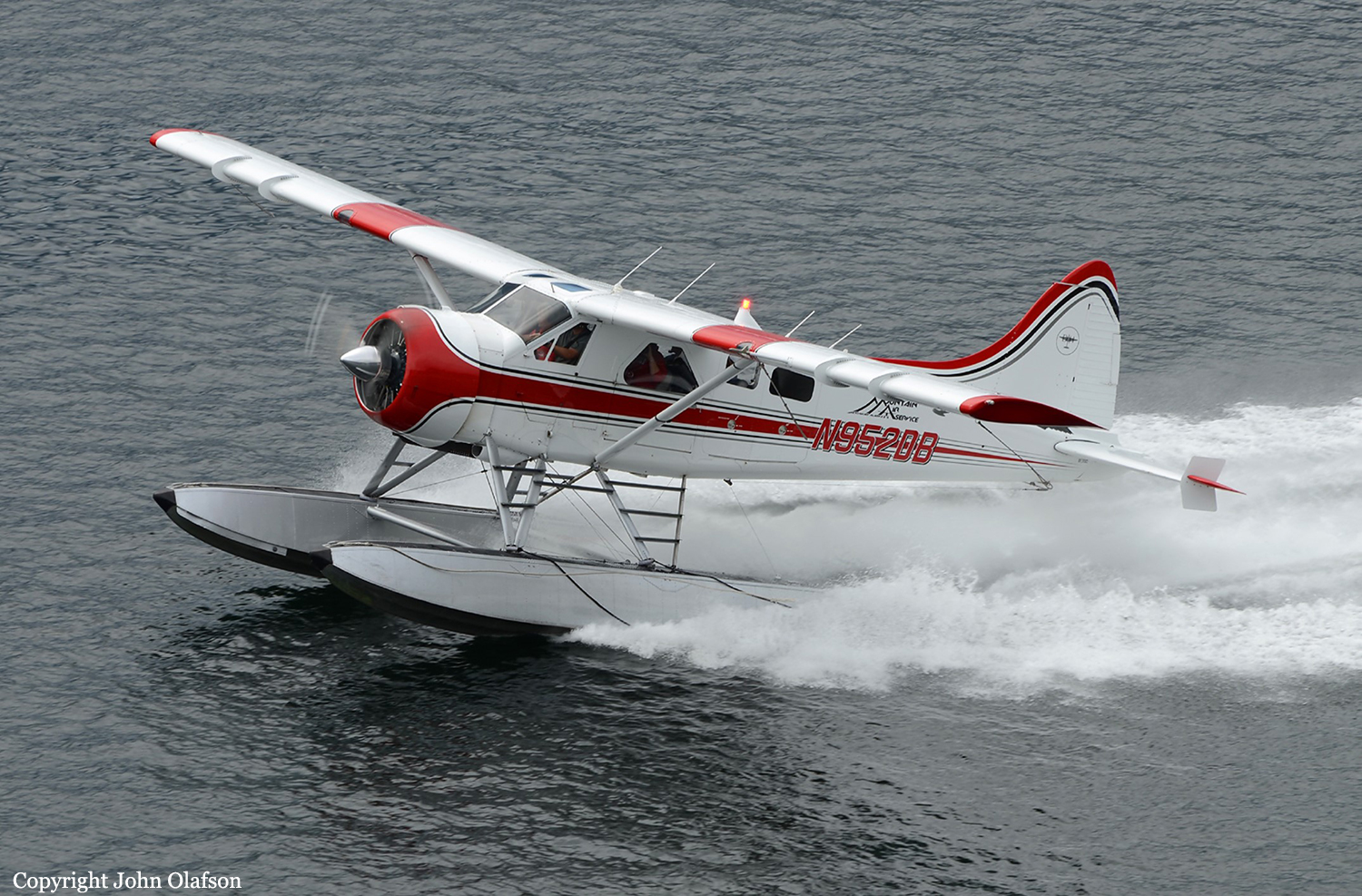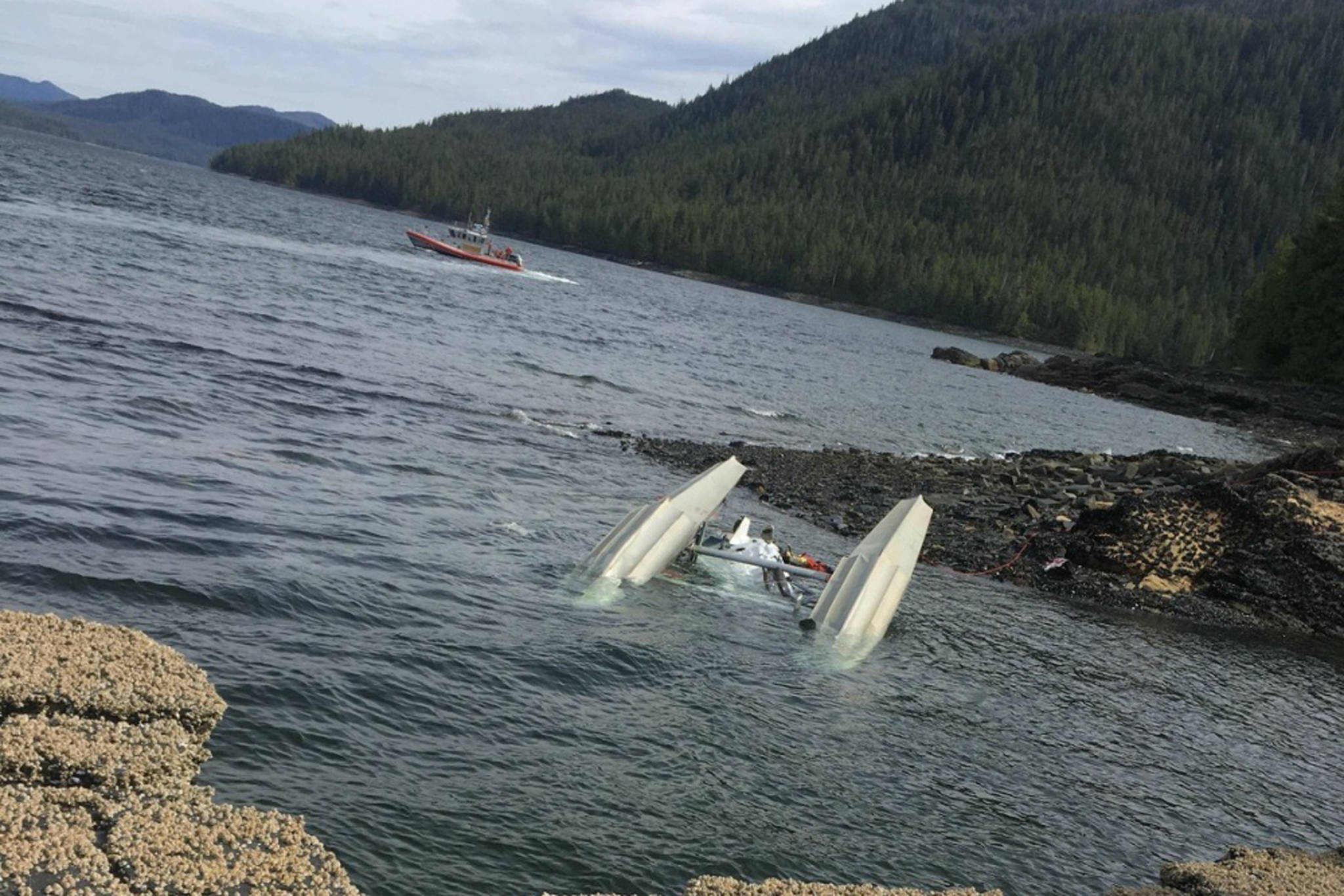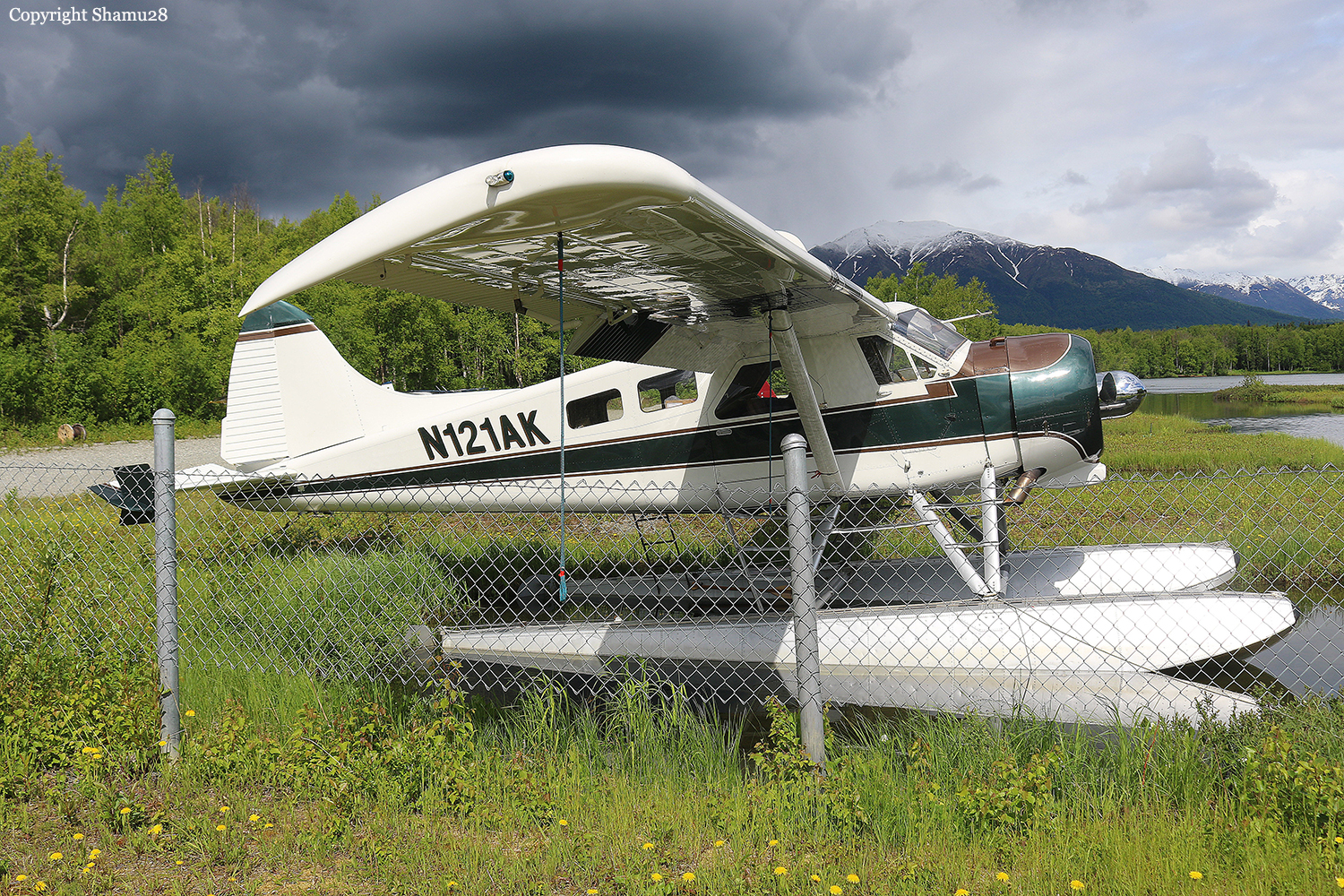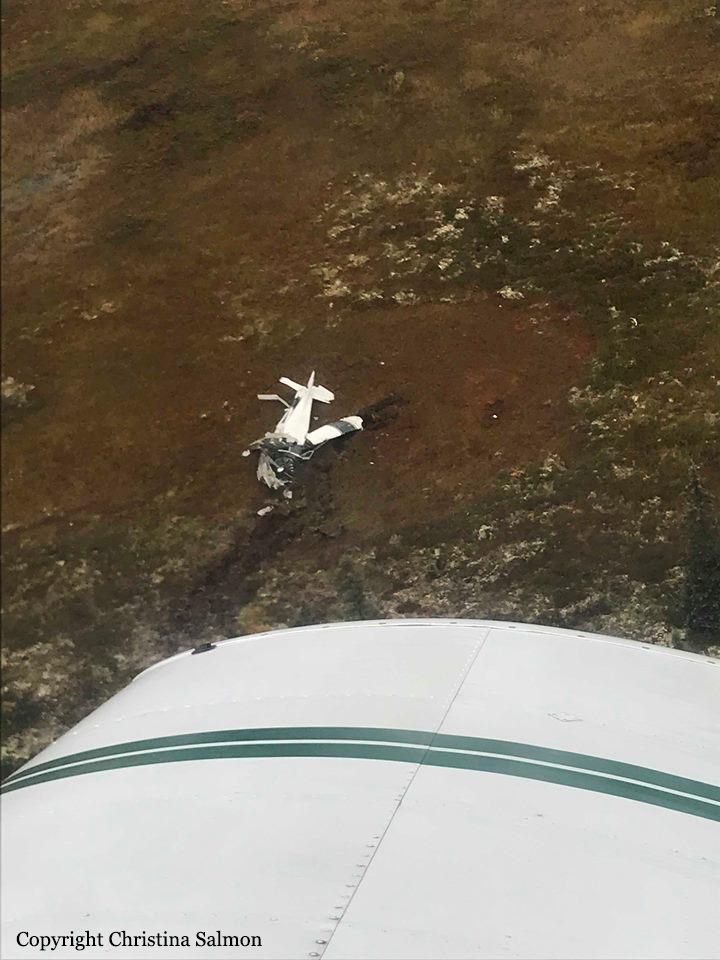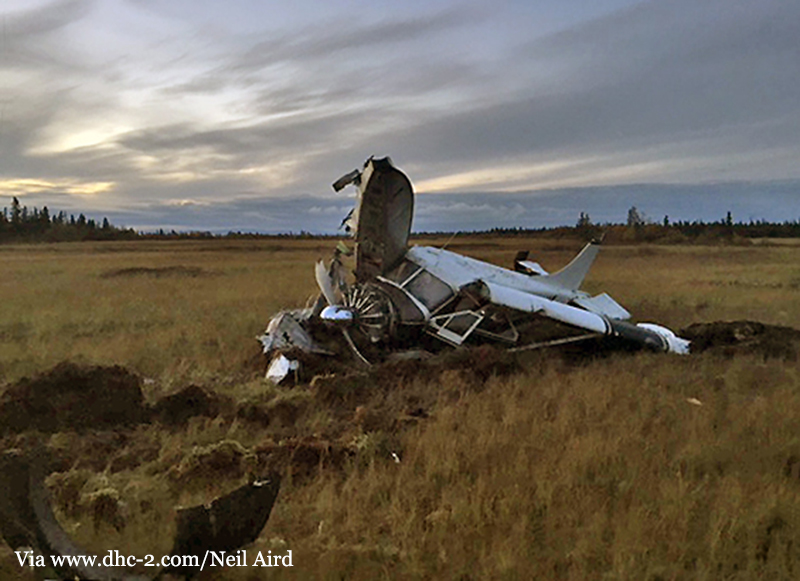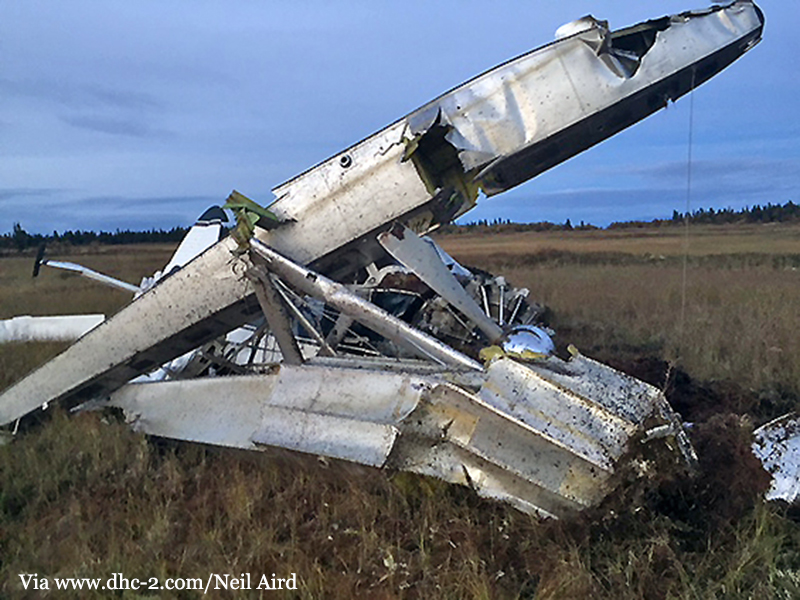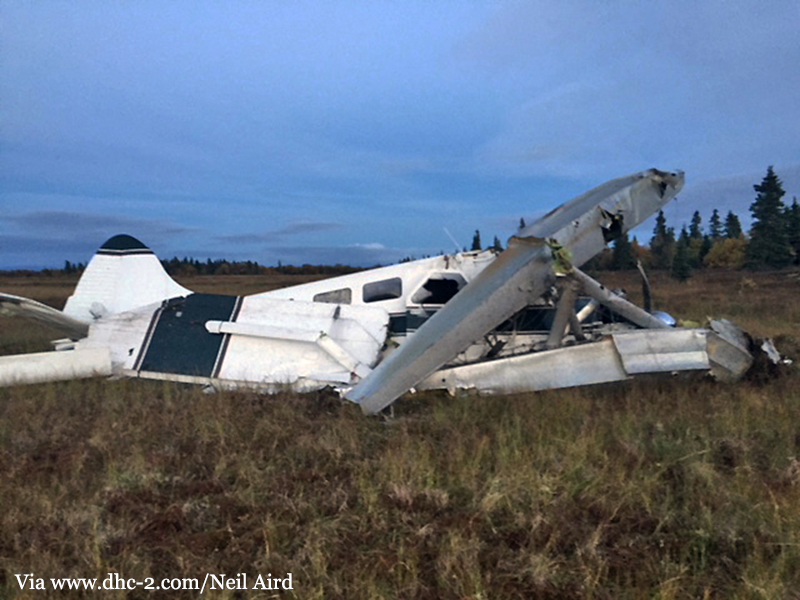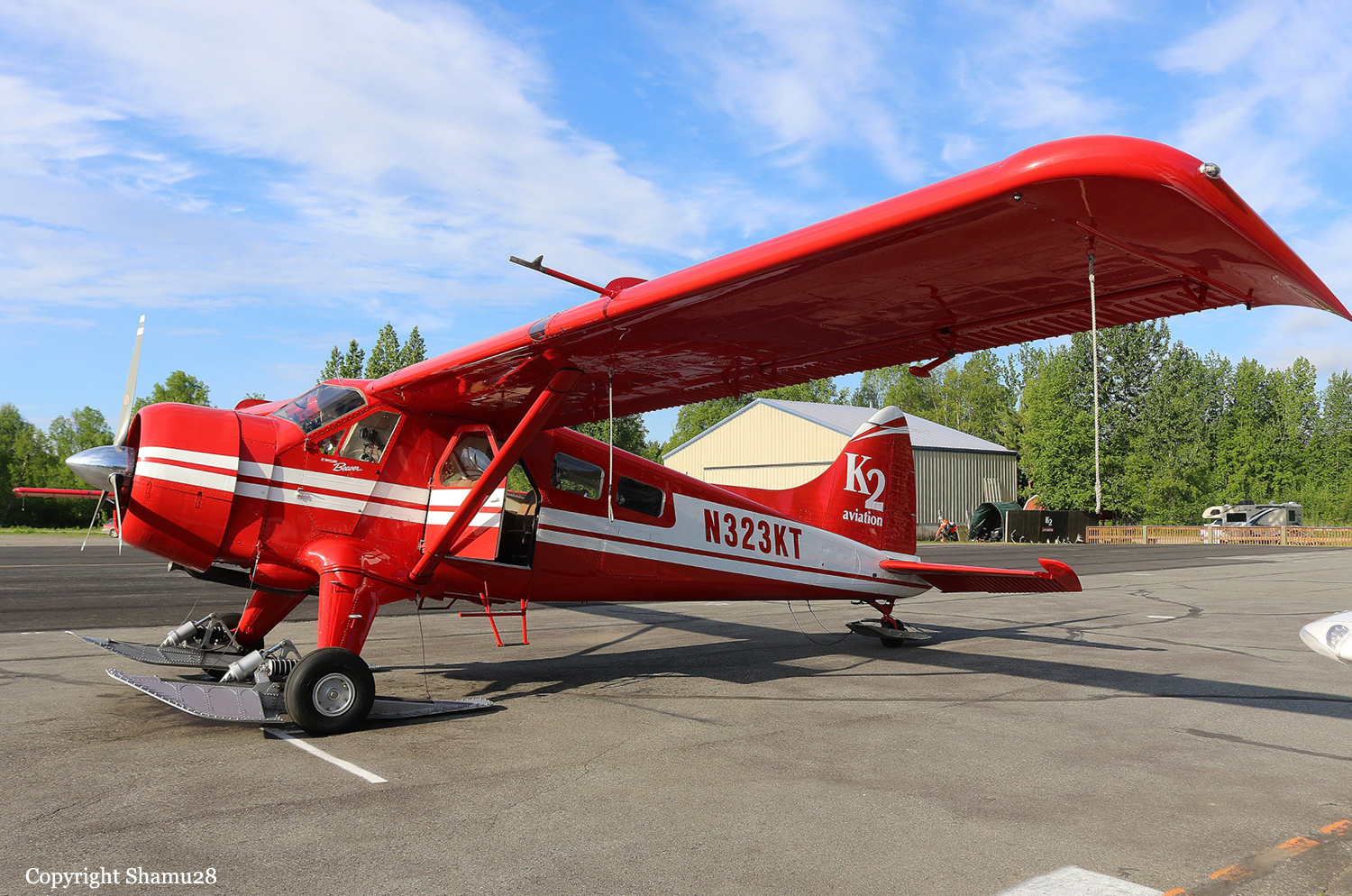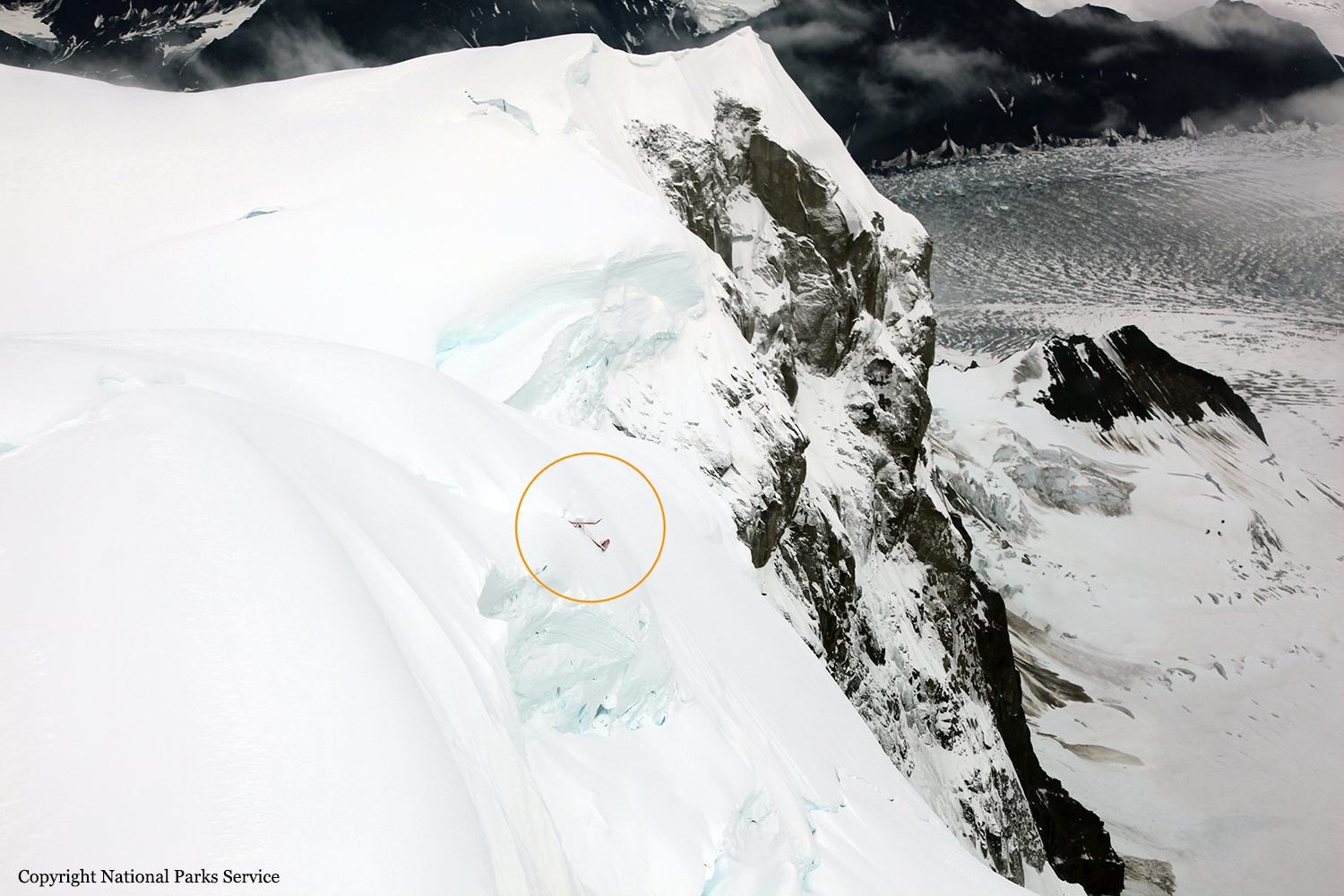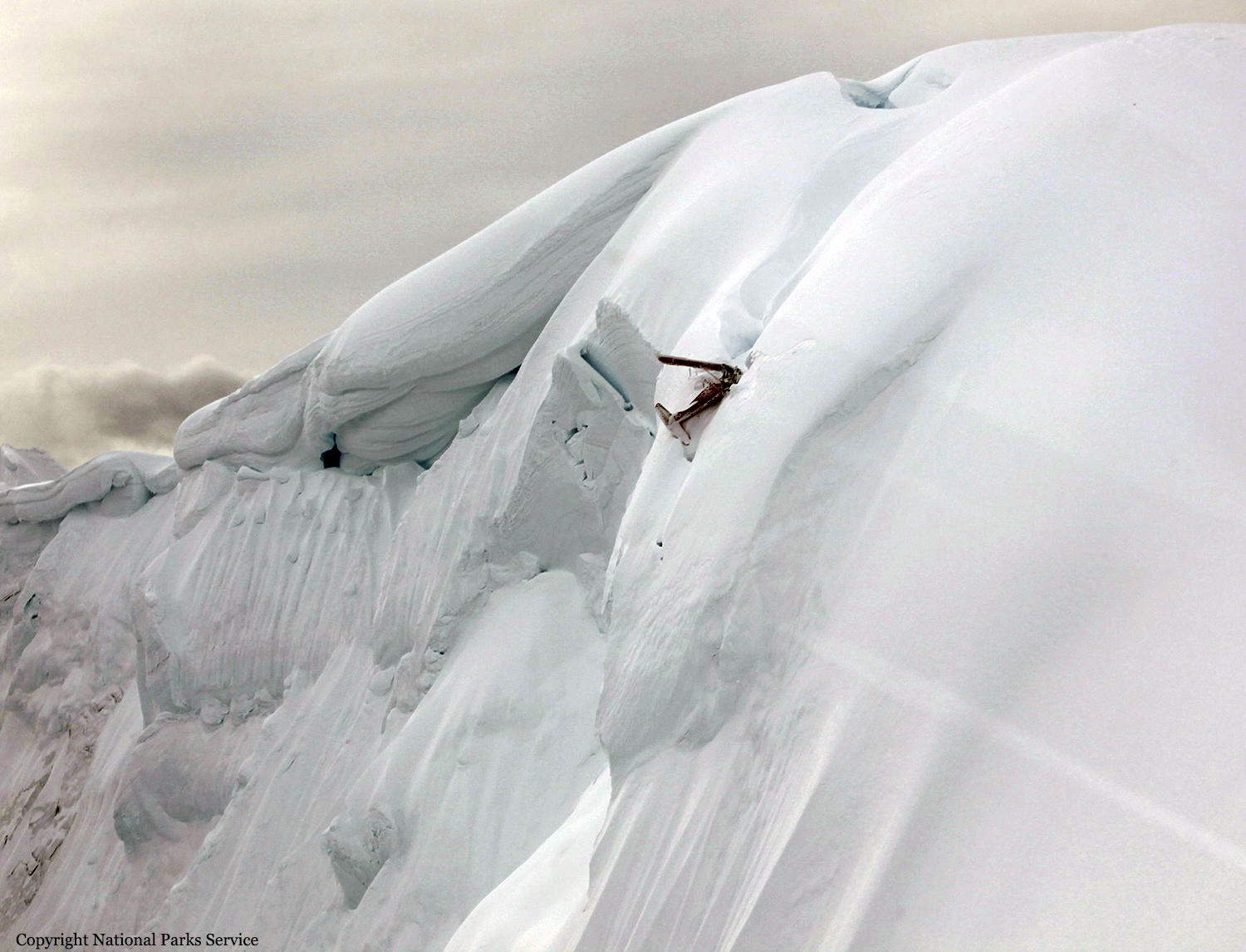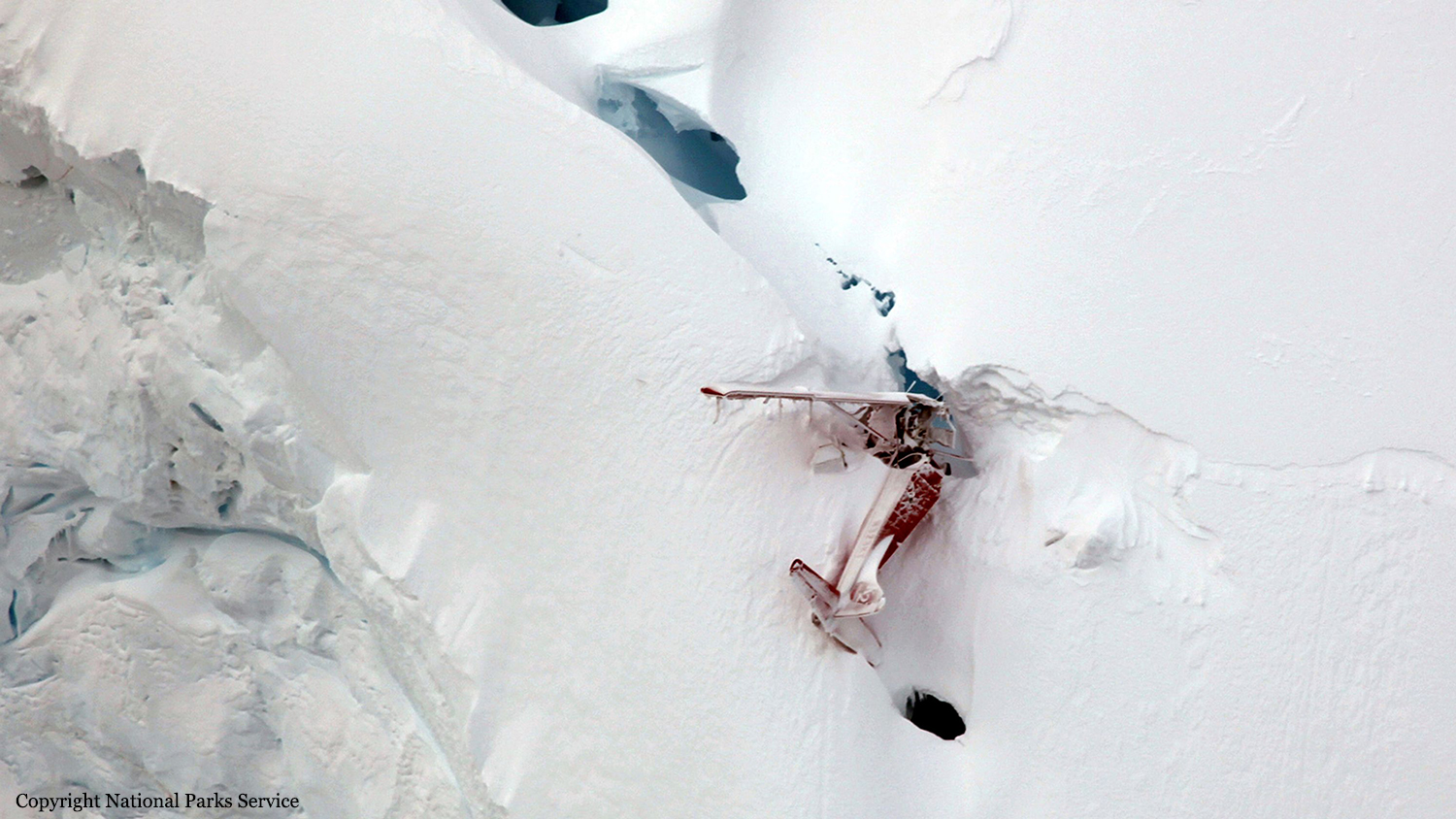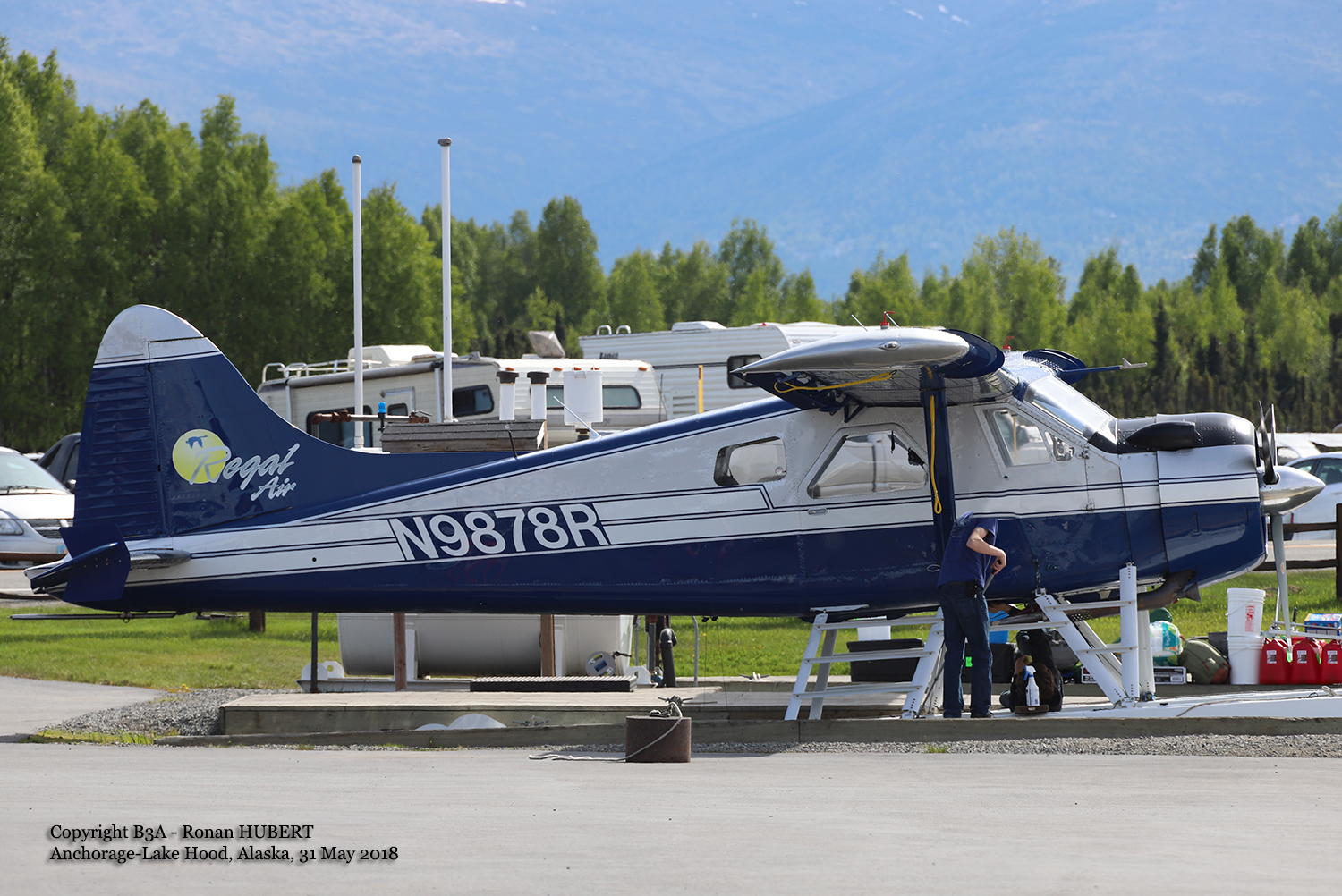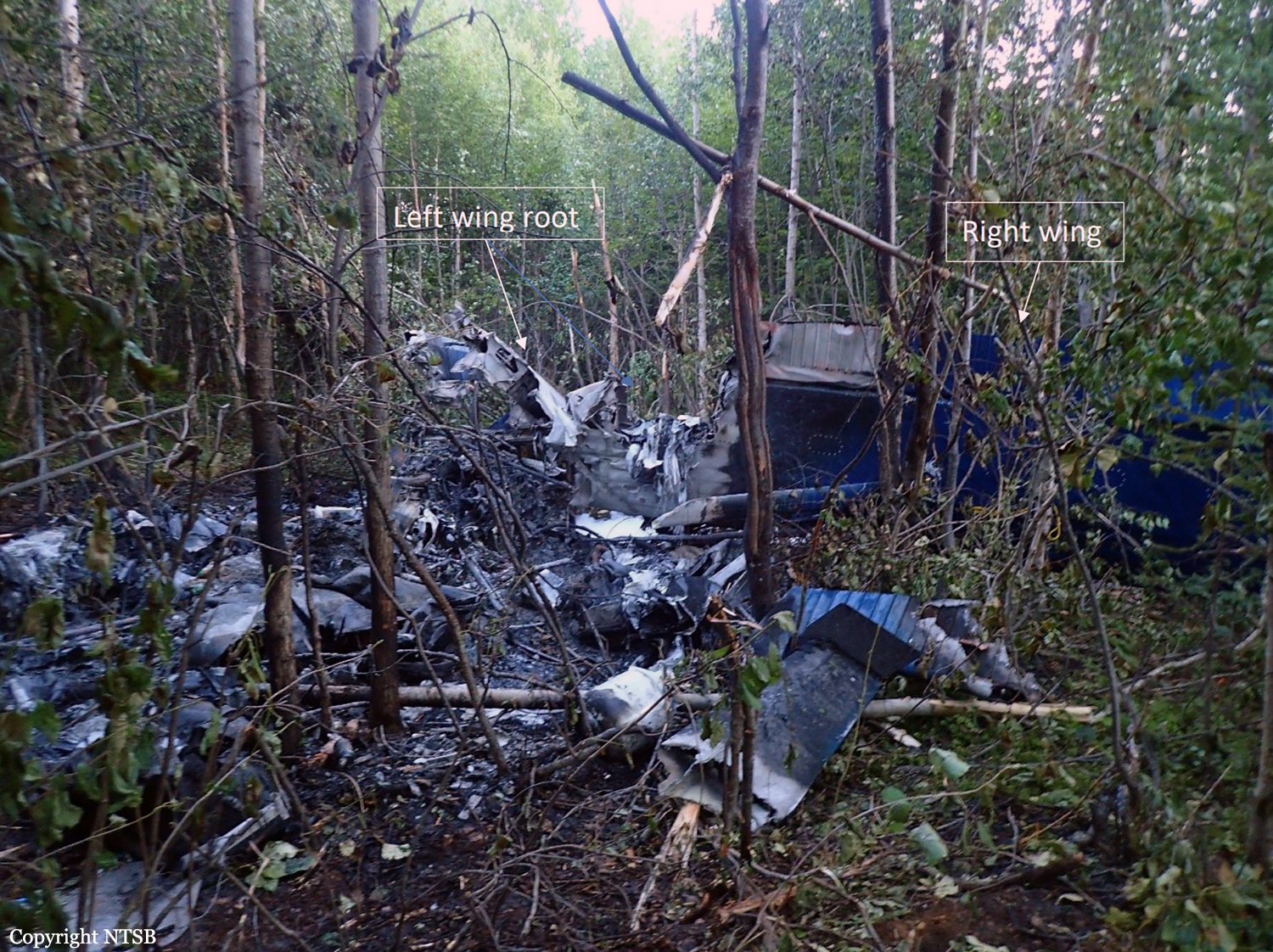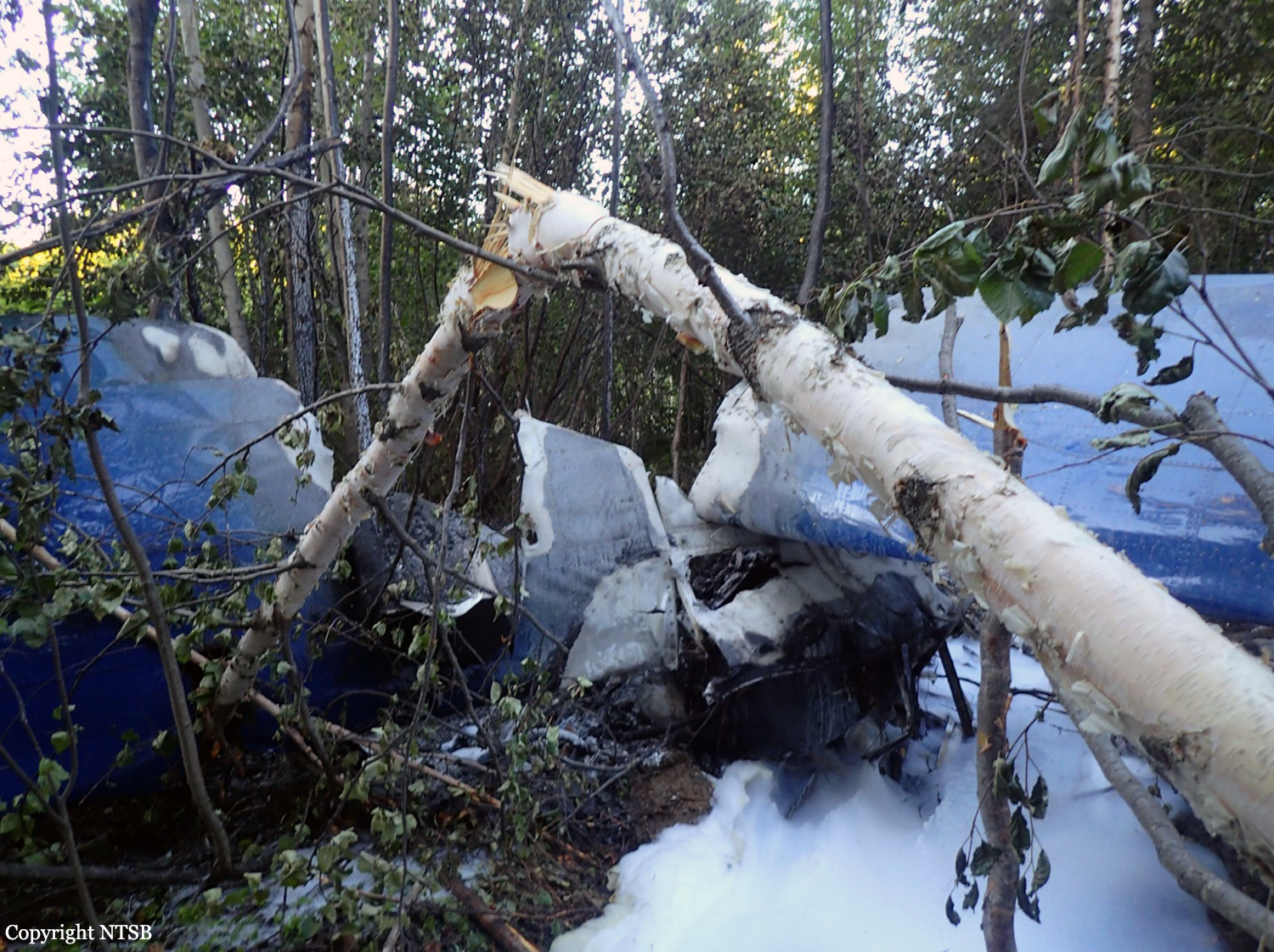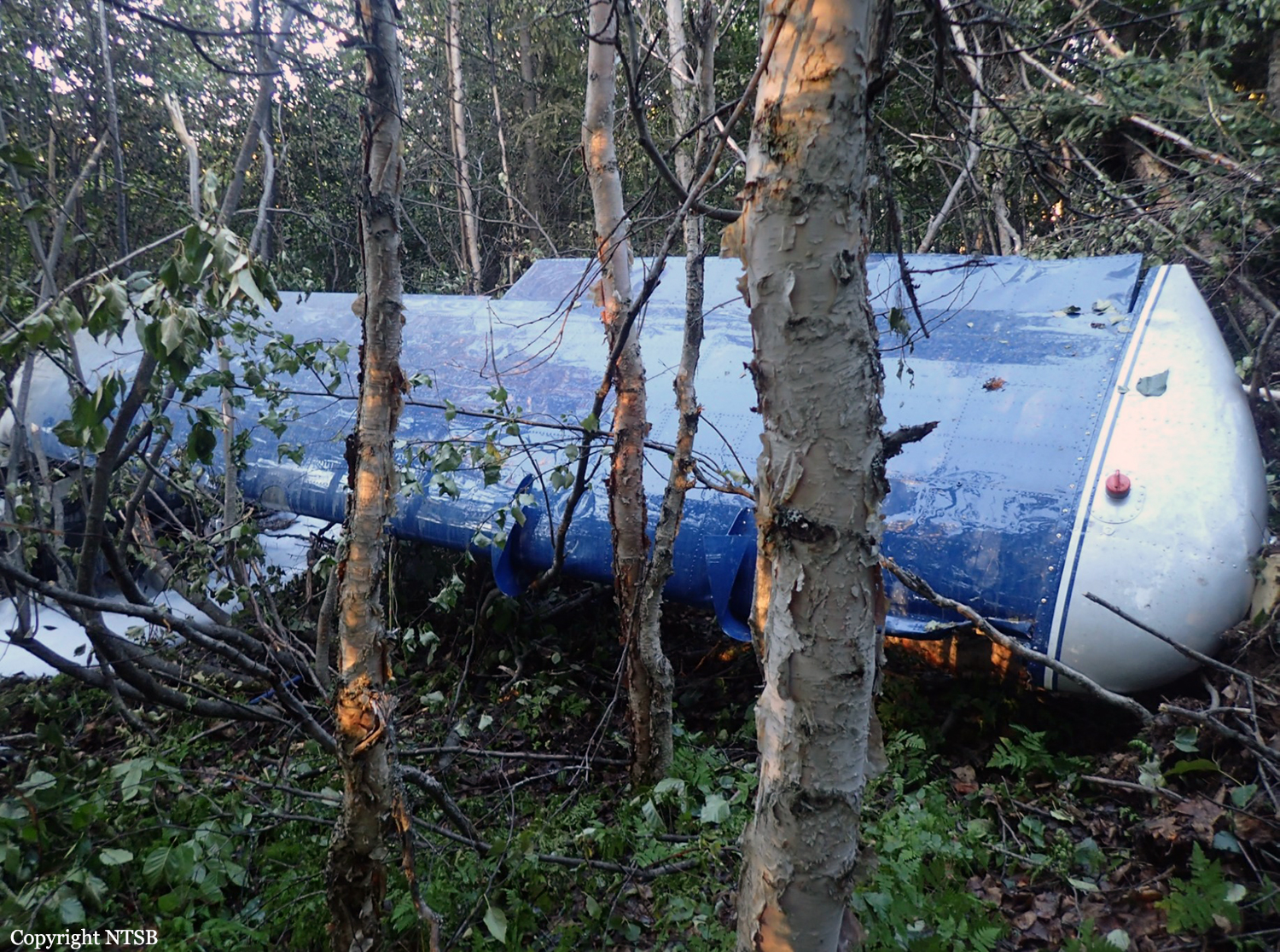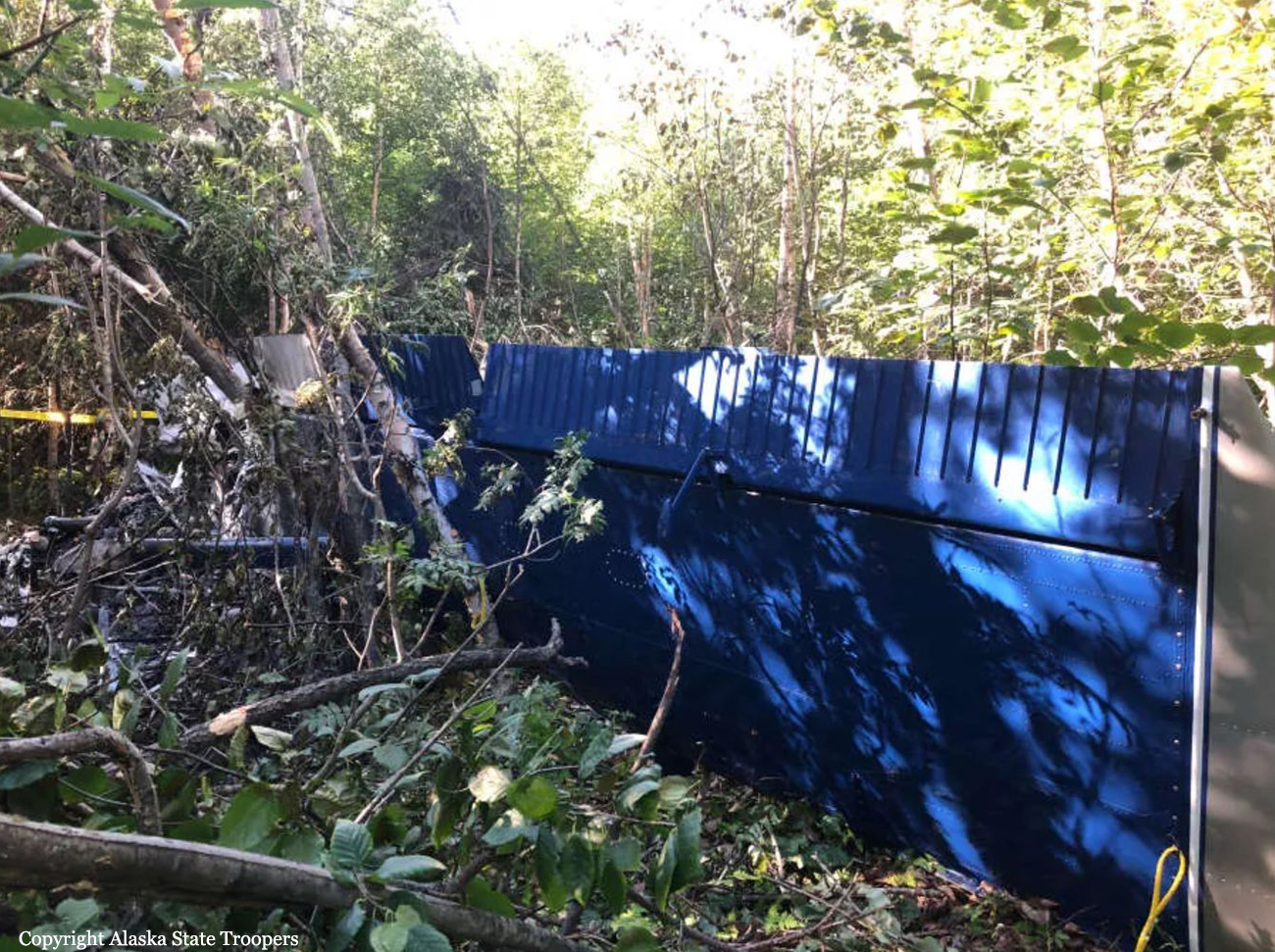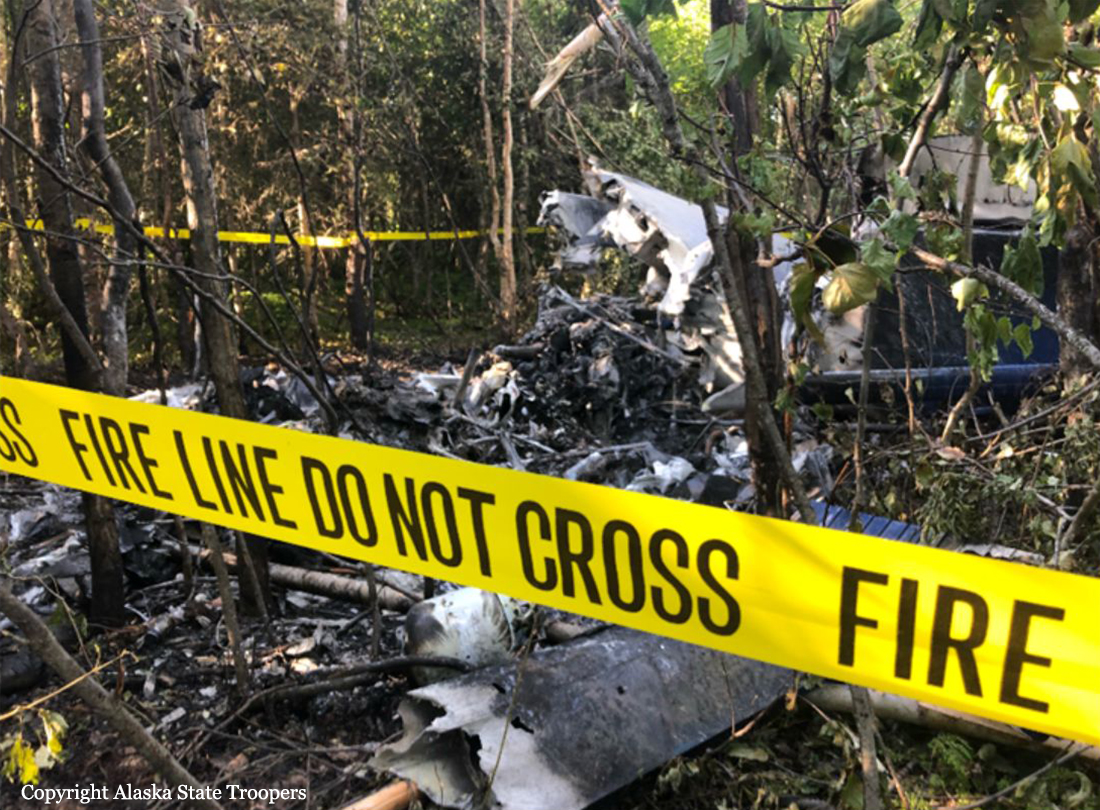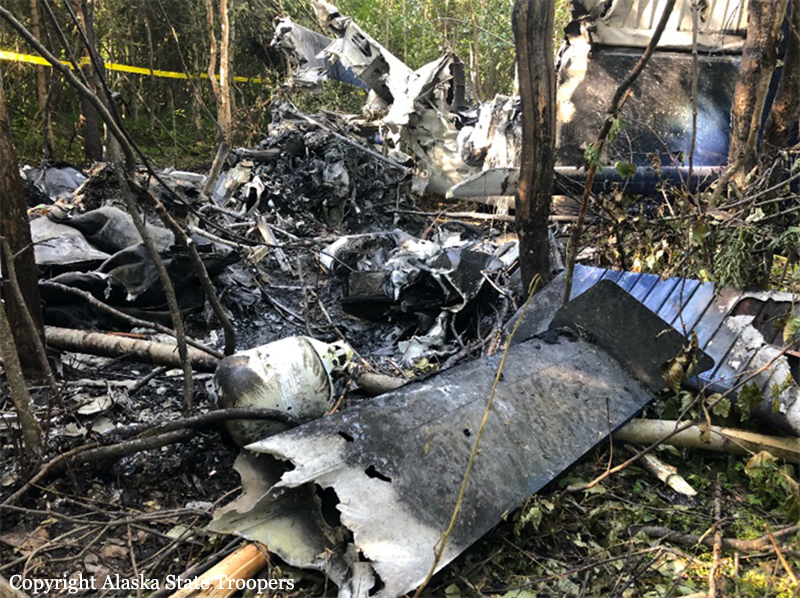Crash of a De Havilland DHC-2 Beaver into Mistastin Lake: 7 killed
Date & Time:
Jul 15, 2019
Registration:
C-FJKI
Survivors:
No
Schedule:
Crossroads Lake - Mistastin Lake
MSN:
992
YOM:
1956
Crew on board:
1
Crew fatalities:
Pax on board:
6
Pax fatalities:
Other fatalities:
Total fatalities:
7
Captain / Total hours on type:
16000.00
Circumstances:
The single engine airplane was chartered by a provider based in Crossroads Lake (near Churchill Falls reservoir) to fly four fisherman and two guides to Mistastin Lake, Labrador. The aircraft was supposed to leave Crossroads Lake at 0700LT but the departure was postponed to 1000LT due to low ceiling. Several attempts to contact the pilot failed during the day and the SAR center based in Trenton was alerted. SAR operations were initiated and four days later, the location of the accident was reached but only four bodies were found. The body of the pilot and two passengers were never recovered as well as the wreckage.
Probable cause:
The aircraft had been seen floating in Mistastin Lake and later sank. To date, the wreckage has not been found. There is no radar coverage at low altitudes in the area, and the aircraft was flying in uncontrolled airspace and not in communication with air traffic services. Without any witnesses and without key pieces of the aircraft, the TSB is unable to conduct a full investigation into this accident. If the aircraft is found, the TSB will assess the feasibility of investigating the accident further.
Final Report:
